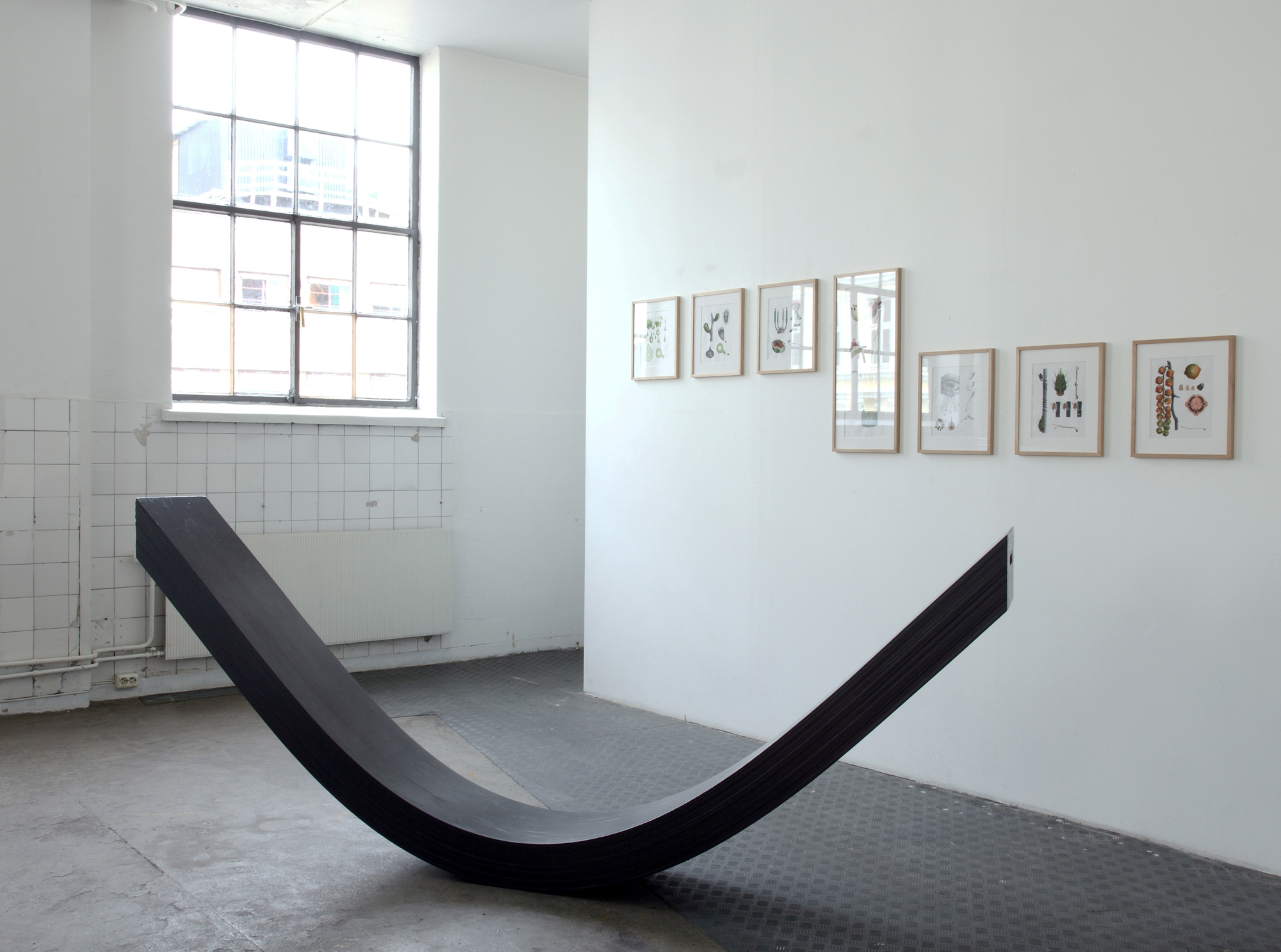Opening reception: Friday, 23 April, 7pm
Exhibition dates: 23 April – 23 May 2010
Curated by: Carson Chan
Artists: AIDS-3D (US), Caitlin Berrigan (US), Daisy Ginsberg (UK), Elín Hansdóttir (IS), Markus Miessen (DE), Nicolas Dusollier (FR), Paolo Chiasera (IT), Patricia Reed (CA), Ralf Pflugfelder (DE), Sabina Grasso (IT), Sascha Pohflepp (DE), Susanne Gerber (DE), Thomas Eller (DE) and Valerie Kolakis (CA)
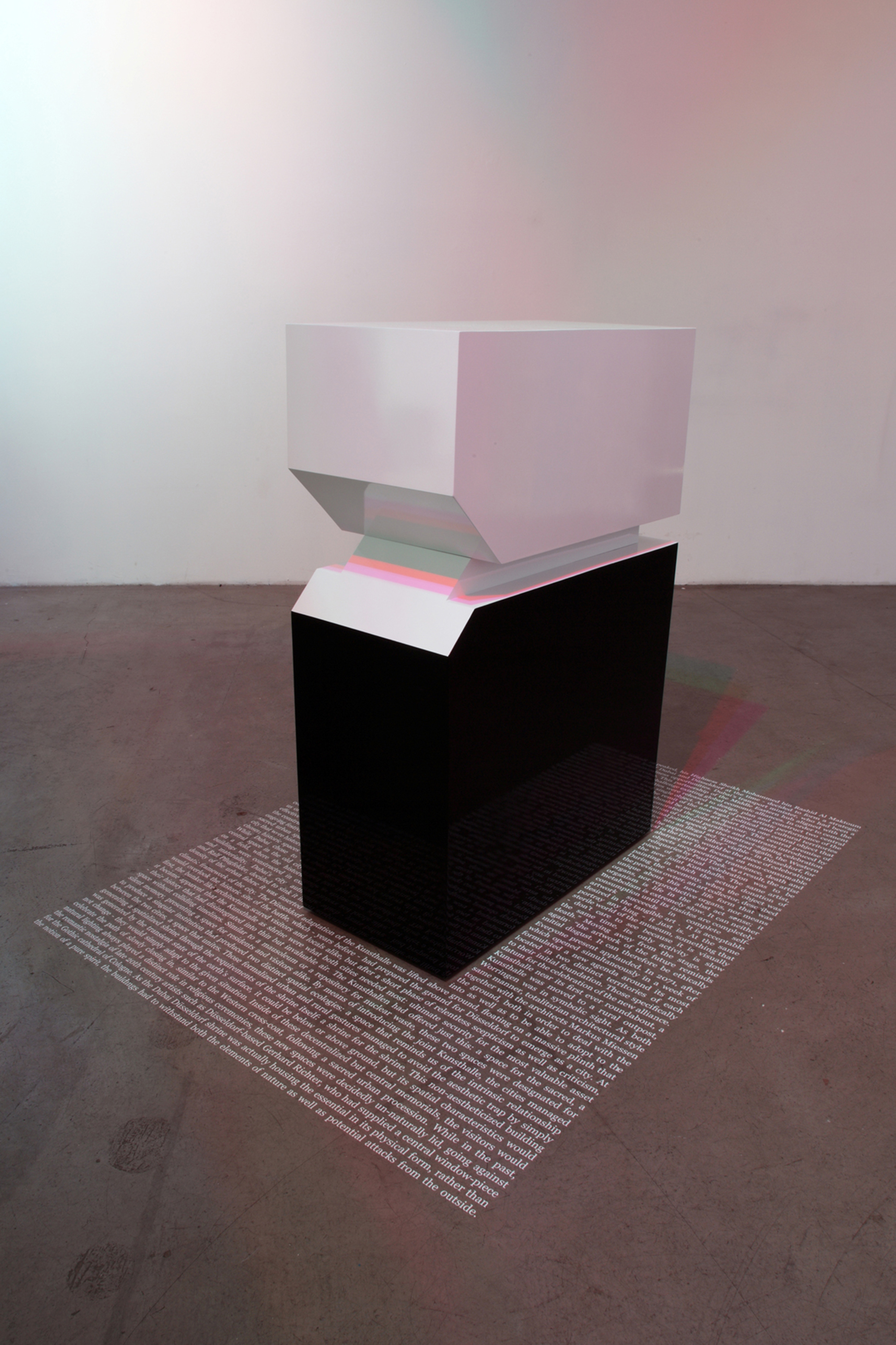
Markus Miessen & Ralf Pflugfelder, Kunsthalle Dubai Düsseldorf – Center for the Joint Commemoration of Entity, 2009.
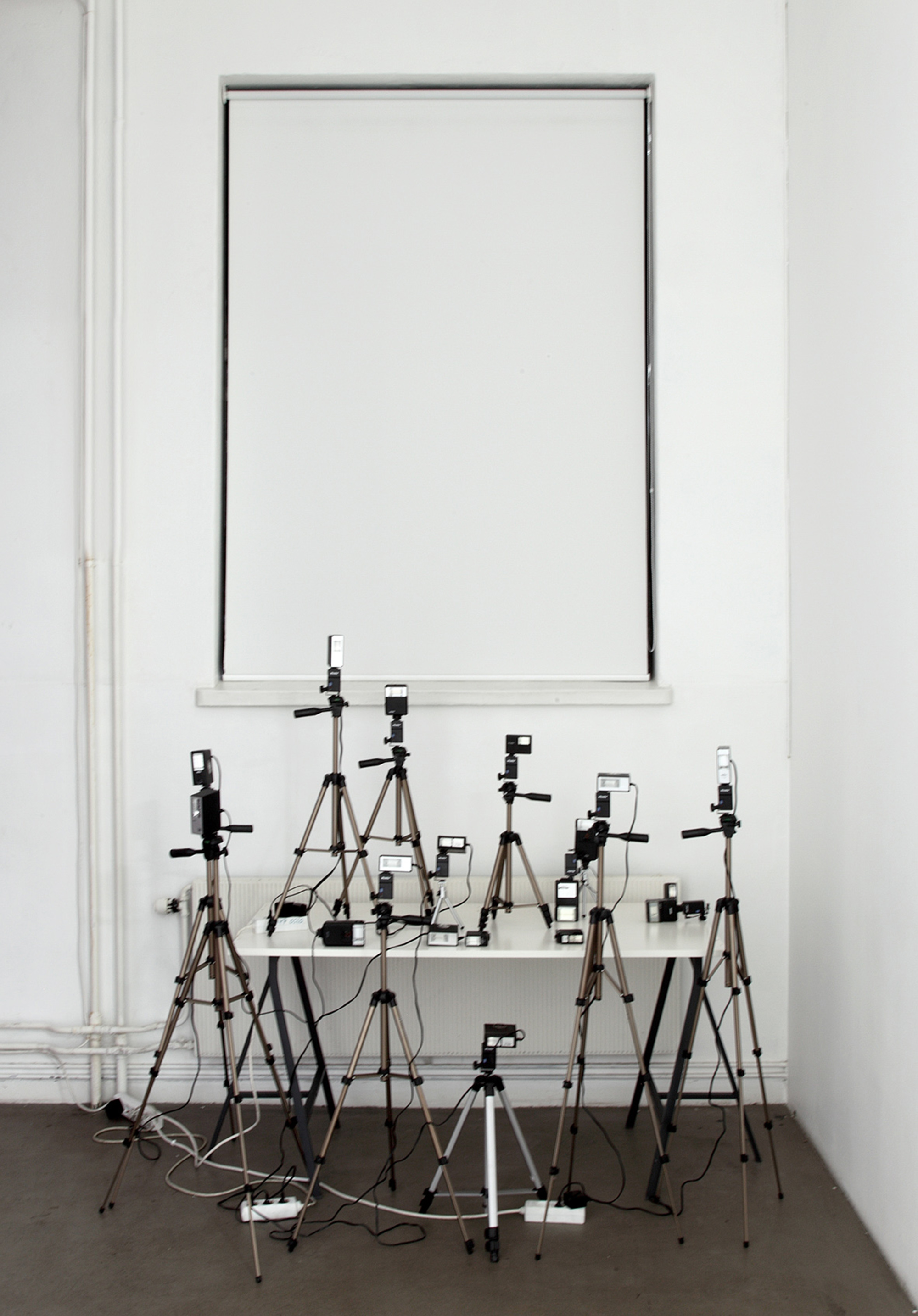
Valerie Kolakis, The Fame Monster, 2010.
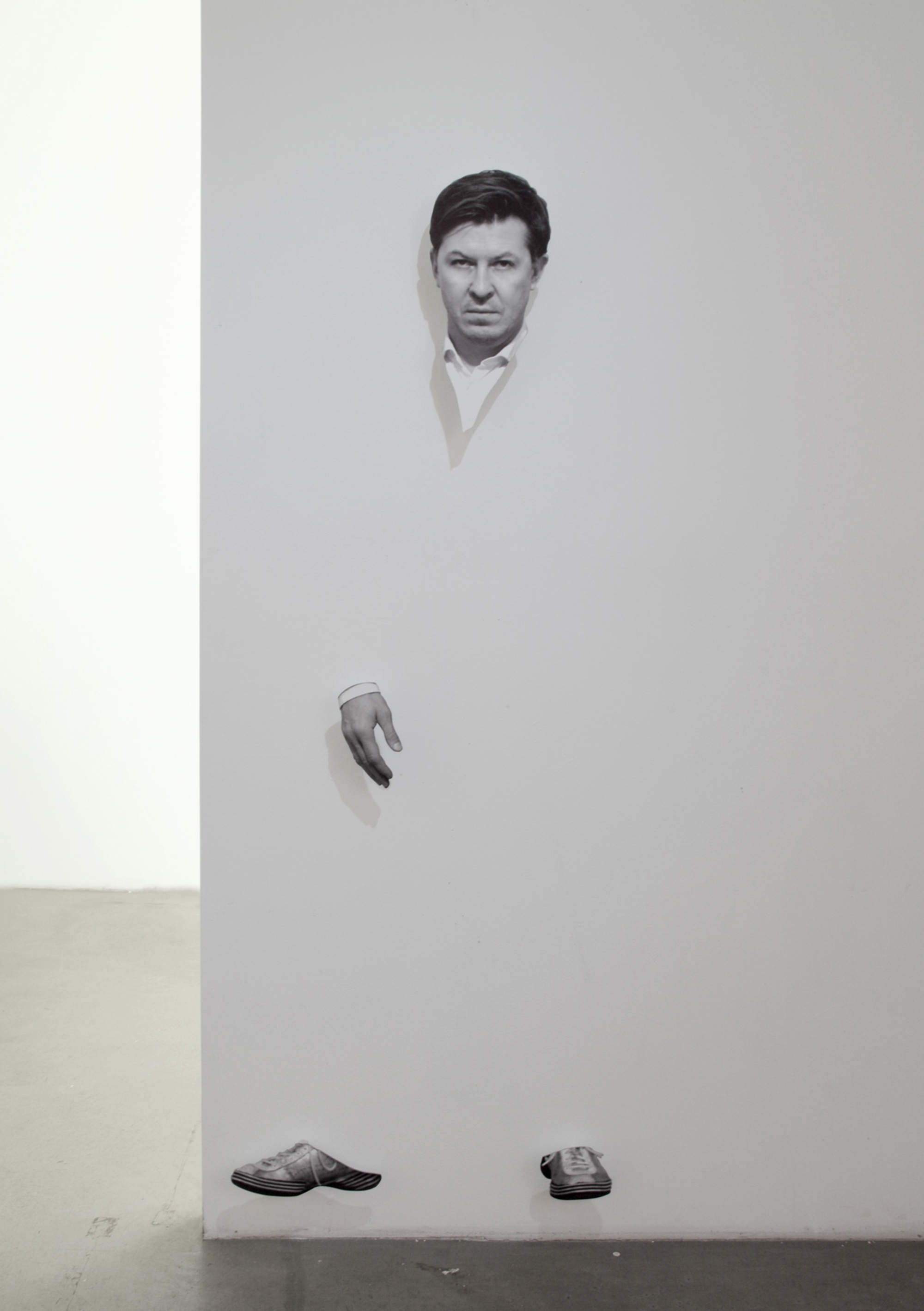
Thomas Eller, THE zone – Selbst, 2010
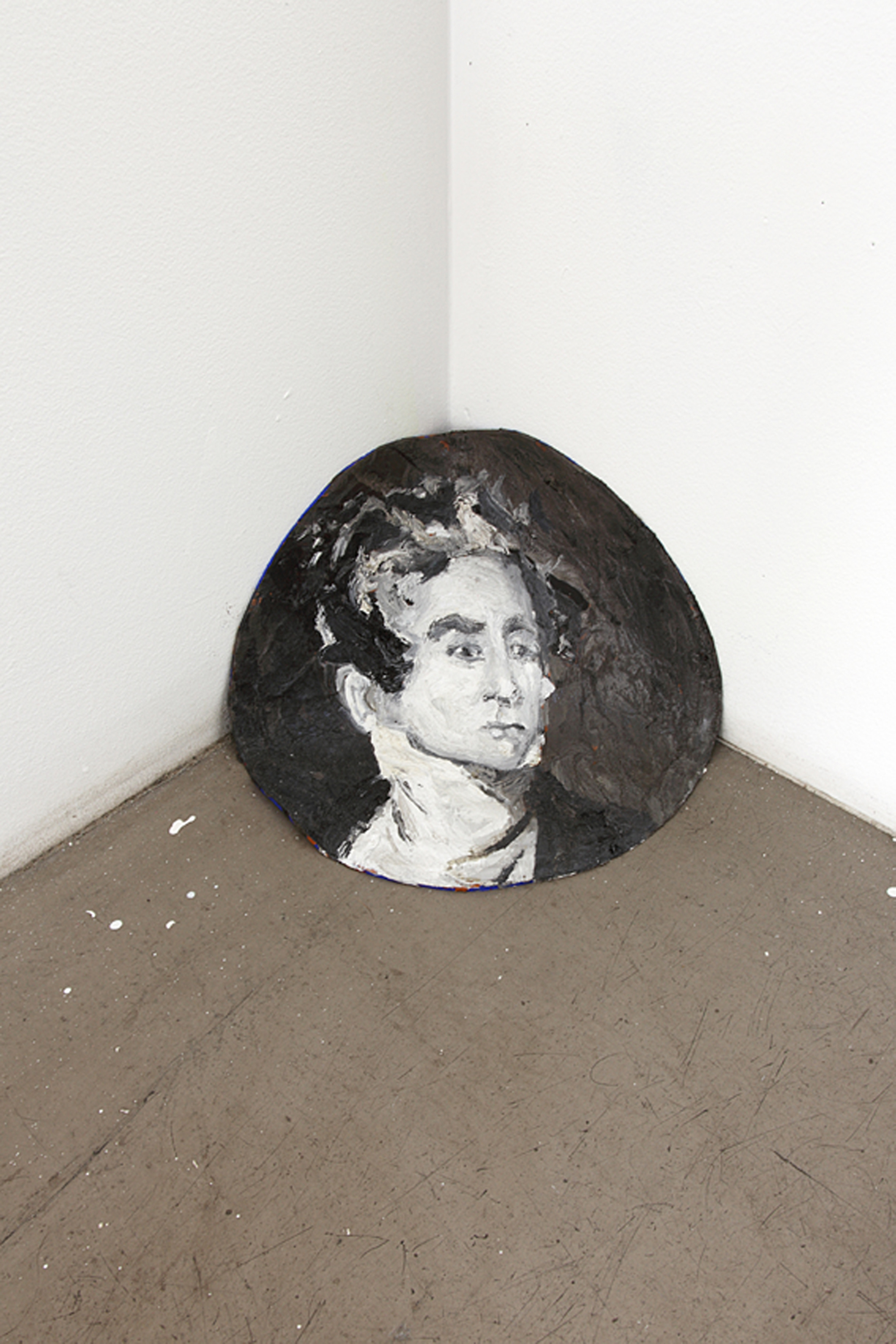
Paolo Chiasera, Holographic Painting 1 (Robert Peel and Lady Lovelace), 2010. Oil on acrylic, d. 30cm. Courtesy of the artist and Francesca Minini, Milan.
